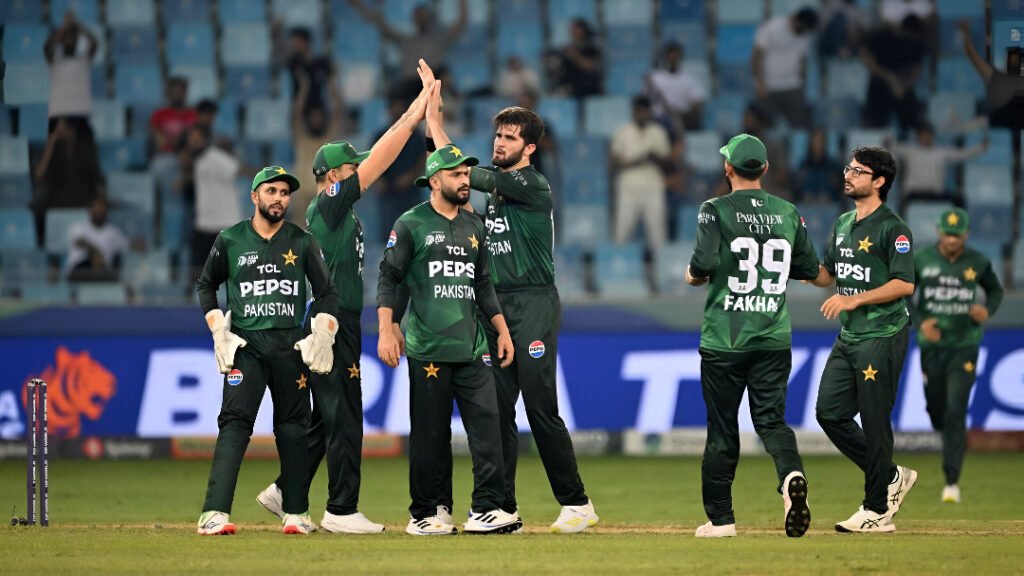Cricket lovers saw a rollercoaster of emotions on September 17, when Pakistan’s Asia Cup participation appeared to be by a thread. The ‘Men in Green’ almost pulled out of the tournament, sending shockwaves across the cricketing world. But what really happened behind the closed doors of the Pakistan Cricket Board (PCB) has now come to light, and it’s far more dramatic than what fans saw on television.
According to former PCB chief Najam Sethi, who was directly involved in the discussions, tensions inside the PCB offices were reaching a boiling point. “The decision was already taken. The mood was such that, ‘under public pressure, let’s boycott. Let the Asia Cup go to hell, let the ICC go to hell,’” Sethi revealed during an interview on Samaa TV.
Sethi, known for his level-headed approach to cricket administration, explained that he stepped in not to support any individual but to safeguard the PCB and Pakistan cricket from a potentially catastrophic decision. “My attitude has always been that you should stay within legal boundaries and not leave the international arena. When I was called, my friends told me, ‘Don’t go; don’t support him.’ I hadn’t gone to support Mr. Mohsin Naqvi. I went to help the Pakistan Cricket Board,” he said.

The stakes, as Sethi highlighted, were enormous. A sudden pullout could have inflicted long-term damage on Pakistan cricket. “If what he was attempting had succeeded, Pakistan would have suffered irreparable damage. We could have been sanctioned by the Asian Cricket Council (ACC), penalized by the International Cricket Council (ICC), foreign players might have refused to play in the PSL, and we stood to lose $15 million in ACC broadcasting rights. It would have been an existential crisis for PCB,” Sethi added.
The tension reportedly stemmed from an incident during the Asia Cup match against India earlier in the tournament. Pakistani players Salman and Suryakumar were at the center of controversy after the toss. The two were reportedly prohibited from shaking hands or exchanging team sheets, a rule that came down from match referee Andy Pycroft. PCB felt aggrieved by the decision, claiming it led to public embarrassment.
The ICC, however, maintained that Pycroft had acted within his rights. In a conference call with PCB chairman Mohsin Naqvi, ICC CEO Sanjog Gupta clarified that Pycroft would remain the match referee for the tournament. “He followed all rules and regulations,” the ICC stated, making it clear that their decision was non-negotiable.
This refusal to replace Pycroft reportedly triggered the near-withdrawal. According to insiders, the PCB’s mood at the time was one of defiance. Public pressure combined with frustration over the handling of the toss incident fueled discussions of a boycott. There was a call to “let the ICC and Asia Cup go to hell,” an impassioned, almost defiant tone in the board.
But the drama finally died down with a compromise. Pakistan canceled its threat to withdraw and uncorked the UAE after all. The solution involved an apology by Pycroft, although the Zimbabwean referee retained his position. Although the apology may have cooled the situation, the episode left the following to be wondered at: cricket administration, team morale, and the extent to which emotion should be permitted to influence decision-making in international competition.

Sethi’s account underscores the delicate balancing act that cricket boards face. On the one hand, there’s the necessity to defend national pride and player interests. On the other, there’s the duty to comply with international cricket laws and sustain relations with governing authorities. The Asia Cup scandal is a reminder that cricket politics is as fiery as the issues on the cricket field.
To their audiences, the melodrama was edge-of-your-seat entertainment. A side on the edge boycotting a grand tournament at the height of a do-or-die game. The rumors, the suspense, and the midnight reconciliations all added up to drama far beyond the usual parameters of sport. Behind the news, however, it was clear that wise voices like those of Sethi played the key role in preventing the PCB from making an act that could have caused irreparable harm.
As Pakistan now looks past this drama and into the future of the Asia Cup, the saga will be most remembered as one of the sport’s more salacious recent off-field episodes. It also serves to highlight the knotted web of politics, personalities, and regulations that cricket boards must navigate in an oft-invisible realm where decisions can have effects that echo throughout the sport’s financial, reputational, and competitive realms.
Ultimately, the ‘Men in Green’ took to the field, and cricket fans sighed in relief. The drama that was the ‘approaching crisis’ within the PCB on September 17, however, will be the stuff of legend for years to come, proof that true action in cricket is not always in play on the pitch.











